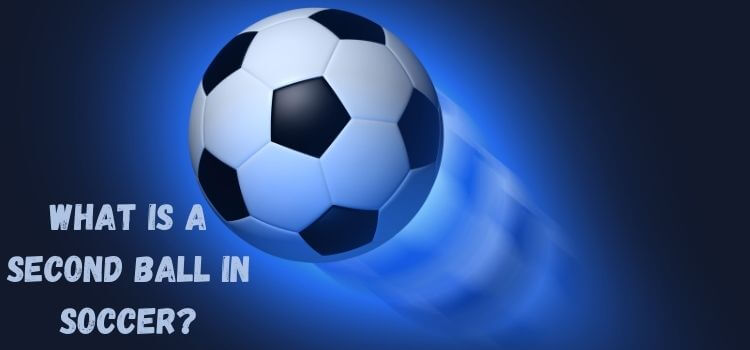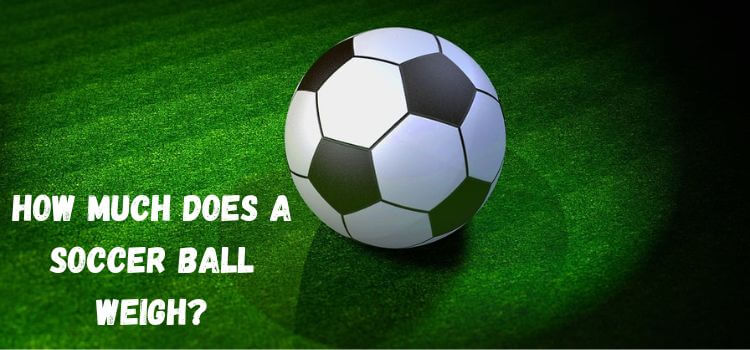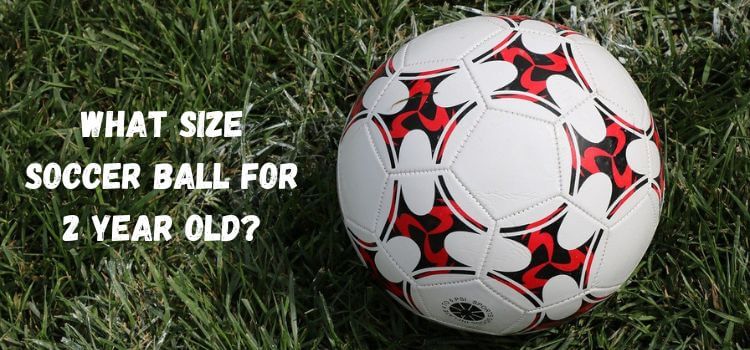As an Amazon Associate, I earn from qualifying purchases
Welcome to the world of soccer enthusiasts! If you’ve ever wondered, “What is a Second Ball in Soccer?” you’re not alone. It uncovers the hidden dynamics that make this game’s often-overlooked aspect so crucial, unraveling the intricacies of its intricacy.
Whether you’re a seasoned player, a curious spectator, or a coach looking to enhance your team’s performance, understanding the concept of the second ball is key. Join us on this journey as we explore the significance, strategies, and impact of the second ball in soccer, shedding light on its role in shaping the course of a match.
Take your soccer IQ to the next level and gain valuable insight into the game’s nuanced world.

Introduction
Soccer often called the beautiful game, is filled with intricate tactics and strategies beyond surface-level action. One such element that has gained prominence in recent years is the concept of the “second ball.”
Definition of a Second Ball in Soccer
In the dynamic world of soccer, a second ball refers to the rebound, deflection, or loose ball that arises after the initial contact between the ball and players. This often occurs in midfield battles or within the box during set-pieces.
Significance in the Game
Understanding the importance of second balls can elevate a team’s gameplay, allowing them to capitalize on unexpected situations and maintain possession.
The Origin of the Term
Historical Context
The term “second ball” has its roots in the evolution of soccer terminology, with its usage becoming more prominent in the latter half of the 20th century. Analyzing its historical context gives us insights into how the game has transformed.
Evolution of Soccer Terminology
Soccer’s lexicon continually evolves, reflecting changes in playing styles, strategies, and the overall dynamics of the sport. The emergence of the term “second ball” signifies a shift in focus towards the unpredictability of game scenarios.
Types of Second Balls
Offensive Second Balls
Teams often strategize to win offensive second balls to maintain possession and create scoring opportunities. These situations require midfielders to dictate the flow of play.
Defensive Second Balls
Defensively, winning second balls is about regaining possession quickly and thwarting the opponent’s attacking momentum. Solid defensive strategies incorporate the Anticipation of second-ball scenarios.
Importance in Strategy
Enhancing Possession Play
Teams that secure second balls gain a strategic advantage by extending their possessions and wearing down the opposition. This aspect of play is particularly crucial in dominating the midfield.
Disrupting Opponent Strategies
On the flip side, disrupting the opponent’s second ball play can be a powerful defensive weapon. Teams can employ pressing tactics to force turnovers and capitalize on the disarray caused by defensive lapses.
Players’ Role in Second Ball Scenarios
Midfielders as Key Contributors
Midfielders are the linchpins in second-ball situations. Their ability to read the game, anticipate rebounds, and quickly distribute the ball significantly influences a team’s success in these scenarios.
Strikers’ Impact on Second Balls
While midfielders orchestrate the flow, strikers play a pivotal role in converting second-ball opportunities into goals. There is a massive difference between success and failure based on their position and awareness in the box.
Training for Second Ball Situations
Drills for Improving Anticipation
Coaches incorporate specific drills to enhance players’ Anticipation of second-ball scenarios. These drills focus on quick reactions, decision-making, and composure in high-pressure situations.
Techniques for Winning Second Ball Battles
Players are coached on various techniques to win second balls, including positioning, body control, and timing. These skills are honed through repetitive practice to ensure players can execute them seamlessly during matches.
Case Studies
Examples from Famous Matches
Analyzing instances from famous matches provides a practical understanding of how second balls can sway the tide of a game. Iconic moments where teams capitalized on second-ball opportunities showcase the tactical nuances involved.
How Second Balls Influenced Outcomes
Examining specific matches reveals how second balls have directly influenced match outcomes. From turning points to game-winning goals, these examples highlight the strategic impact of mastering the art of second balls.
Challenges and Misconceptions
Common Misconceptions about Second Balls
Despite its growing importance, there are common misconceptions about second balls. Dispelling these myths is crucial for teams looking to integrate this aspect effectively into their overall strategy.
Overcoming Challenges in Utilizing Second Balls Effectively
Teams often need help implementing second-ball strategies due to opponent counter-tactics or unexpected game developments. Strategies for overcoming these challenges are essential for sustained success.
The Role of Coaches
Strategies Coaches Employ
Successful coaches incorporate second-ball strategies into their overall game plans. Understanding how top coaches utilize these tactics provides valuable insights for aspiring teams and players.
Incorporating Second Balls into Training Sessions
Coaches play a crucial role in making players aware of second-ball dynamics. Tailoring training sessions to simulate real-game scenarios helps players develop the instincts required for success.
Tactical Adjustments
Adapting Strategies Based on Second Ball Situations
Adapting strategies mid-game based on second-ball situations requires tactical acumen. Coaches must be flexible, recognizing when to press aggressively or sit back and absorb pressure.
Recognizing and Exploiting Opponent Weaknesses
Analyzing opponents’ vulnerabilities in dealing with second balls allows teams to exploit weaknesses effectively. This tactical awareness adds extra complexity to a team’s overall strategy.
Evolution of Second Ball Strategies
Changes in Modern Soccer Tactics
As soccer evolves, so do the strategies around second balls. A closer look at the adaptations and innovations teams make to stay competitive in an ever-changing sport reveals how they adapt and advance.
Future Trends in Utilizing Second Balls
Predicting future trends in second-ball strategies offers a glimpse into the evolving nature of soccer. Technological advancements, data analytics, and new coaching methodologies are likely to shape the future of this aspect of the game.
Success Stories
Teams that Mastered the Art of Second Balls
Identifying teams that have consistently excelled in second-ball situations showcases the long-term impact of incorporating this tactical element. Studying their success provides valuable lessons for aspiring teams.
Impact on Overall Team Performance
Examining the correlation between proficiency in second balls and overall team performance emphasizes the holistic benefits of mastering this aspect. Successful teams often attribute their success to skill, strategy, and adaptability.
Fan Perspective
How Fans Perceive and Appreciate Second Ball Plays
Fans witness the ebb and flow of the second ball play from the stands. Understanding how fans perceive and appreciate these moments adds a layer of emotion and excitement to the tactical intricacies on the field.
Memorable Moments from the Spectators’ Viewpoint
Recalling memorable moments where second-ball plays ignited stadium atmospheres highlights the emotional impact these scenarios can have on fans. The connection between fans and the game deepens when witnessing such unpredictable events.
Global Impact
Second Balls in Different Soccer Leagues Worldwide
The global nature of soccer means that second balls play a role in various leagues worldwide. Examining how different leagues approach and value second balls provides a broader perspective on their significance.
Cultural Influences on the Significance of Second Balls
Cultural nuances often influence the importance placed on specific aspects of the game. Exploring how cultural factors shape the significance of second balls adds a layer of complexity to the understanding of soccer dynamics.
Conclusion
Recap of the Importance of Second Balls
In conclusion, the second ball is a nuanced aspect of soccer that goes beyond the surface. Its strategic importance, player roles, and impact on matches make it a crucial element that teams should consider.
Encouragement for Teams to Maximize This Tactical Aspect
Teams aspiring to reach new heights should invest time and effort in understanding, practicing, and maximizing second-ball scenarios. When mastered, it’s a tactical aspect that can set teams apart and contribute to overall success.
Frequently Asked Questions (FAQs)
While second balls are a crucial aspect, a team’s success is multifaceted, involving various elements like skill, teamwork, and strategic planning.
Coaches can use specific drills focusing on Anticipation, quick decision-making, and technique. Simulating real-game scenarios in training enhances players’ ability to excel in second-ball situations.
According to the opponent’s strengths and the team’s playing style, teams may adopt different strategies. Some teams may choose to avoid certain second-ball situations to minimize risks.
Yes, the importance of second balls can vary across leagues due to cultural influences and playing styles. Some leagues may emphasize possession play more, while others prioritize aggressive pressing.
While fans can’t directly influence on-field plays, their support creates an atmosphere that energizes players. Loud cheers during key moments, including second-ball scenarios, can boost team morale and focus.
This comprehensive exploration of the second ball in soccer aims to equip players, coaches, and fans with a deeper understanding of this tactical element. Embracing and mastering such nuances is essential as the game evolves on the soccer field.
Read Our More Articles
- Does a Soccer Ball Not Moving Have Energy? Find Out Here!
- How to Inflate a Soccer Ball without a Pump – A Quick Solutions
- How Much PSI Should a Soccer Ball Have? An In-Depth Look
As an Amazon Associate, I earn from qualifying purchases


